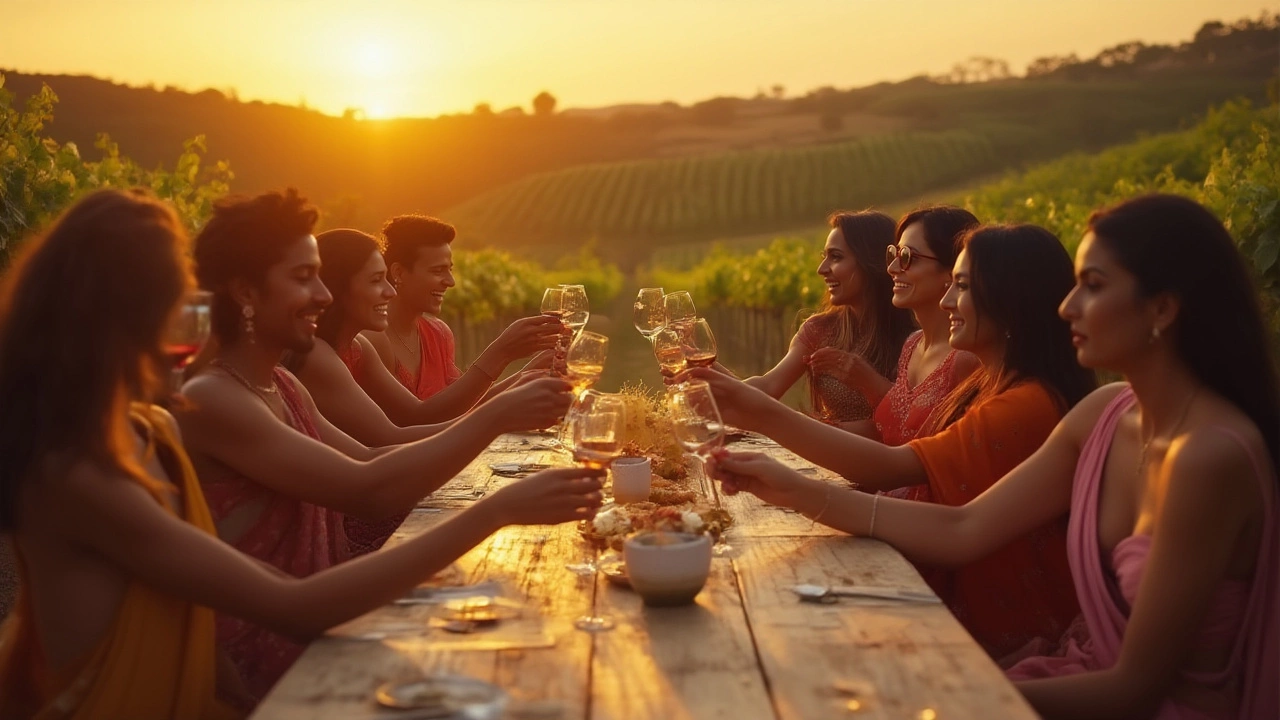
If you’ve never been to a wine tasting, you might picture rows of fancy glasses and people nodding wisely while murmuring about 'notes of blackberry' or 'a hint of pencil shavings.' But let me set the record straight: wine tasting isn’t only for sommeliers or the snobby elite. It’s actually a lot of fun, surprisingly approachable, and a fantastic way to learn—without a single textbook in sight. You don’t need to know the history of Bordeaux or memorize grape varieties to get started. The best way to figure it all out is simply to show up, be curious, and let your senses take the wheel.
What Happens at a Wine Tasting?
The first thing you notice when you walk into a tasting is the atmosphere. There’s usually a mix of people: couples, groups of friends, maybe a few solo explorers, and sometimes even families with kids running around the vineyard lawns (I’ve brought my daughter Keira often—crayons and juice boxes go a long way). You’ll find tables lined with sparkling clean glasses, sometimes little baskets of breadsticks, maybe cheese or charcuterie. There’s a subtle buzz of excitement—and underneath it, a gentle pressure. People want to look like they know what they’re doing, but really, most are winging it.
You’ll usually start with a host—a winemaker, a sommelier, or a tasting room manager—who sets the rules and pace. Sometimes you get a printed menu, sometimes it’s a casual chat through the day’s line-up. White wines, reds, rosés, sometimes sparkling or dessert wines. The order matters—it isn’t random. Whites first, lighter to heavier, then reds, and finally anything sweet or sparkling. This way your palate doesn't get overwhelmed early.
The host pours you a small serving, rarely more than an ounce or two, just enough for a proper taste. Here’s a fact most people don’t realize: sipping and spitting is totally normal (even encouraged), especially if you’re tasting a lot or need to drive later. There’s no shame in tipping out your glass—nobody’s judging. The goal is to experience the wine, not to end the day tipsy or overwhelmed.
And the famous swirl? It’s not just for show. Swirling releases the wine’s aromas, which are an even bigger part of tasting than the flavor itself. About 80% of what you perceive as taste is actually smell—that’s not me being dramatic, it’s neuroscience. After you swirl, stick your nose in the glass and really inhale. The smells can run the gamut: fresh-cut grass, cherries, leather, smoke, vanilla, honey. No, you don’t always find what’s written on the tasting notes, and that’s fine. There is no wrong answer; every nose is different.
After smelling, take a sip, swirl it around your mouth, and pay attention to what you feel, not just taste. Is it crisp and light? Heavy and bold? Does it make your mouth water (acidity), feel dry (tannin), or taste sweet? Hosts love it when you ask questions. Why does this chardonnay taste creamy? What makes this cabernet so peppery? You’ll be surprised how much they love to explain.
Between wines, you’ll see water pitchers and spit buckets. The pros are constantly cleansing their palates with neutral crackers or bread—don’t skip this. A clean palate makes every wine after the first one more accurate and less muddled. Also, drink loads of water. Wine is dehydrating, and you want to last through the whole flight.
The social world of a tasting is half the fun. People trade impressions: 'I’m getting strawberries!' or 'Reminds me of Christmas pudding.' Nobody thinks less of you if you say, 'This one just tastes purple to me.' Some tastings feel like a party, others like a zen yoga class; feel free to match the mood, but do respect the pace set by the staff. They time the pours so you don’t rush or dawdle.
At the end, many tastings give you the option to buy bottles, maybe with a slight discount compared to supermarket prices. Some let you revisit your favorites. If you genuinely like something, don’t be shy—these wines often aren’t available in regular stores, and you’ll earn serious host points by being interested.
How to Taste Wine Like a Pro (Even if You’re a Total Beginner)
If you’ve ever found yourself totally lost at a tasting—holding your glass awkwardly, furrowing your brow at the tasting notes—relax. Even the most confident wine buffs started right where you are. The trick is to break it down into steps. Here’s a quick walk-through:
- Look: First, check out the wine’s color. Is it pale yellow, deep gold, garnet red, or inky purple? Swirl it gently and notice the thickness—some people check how fast the ‘legs’ run down the side of the glass (a sign of alcohol or sugar).
- Smell: Swirl again and take a big inhale. Don’t be afraid to get your nose right in there. Try to pick out even one or two distinguishing features—fresh fruit, flowers, herbs, vanilla, anything you recognize.
- Swirl & Sip: Take a medium-mouthful (not a tiny sip) and roll it around your mouth. Try to hit all parts of your tongue—the sides sense sour, the tip senses sweet, and the back senses bitter.
- Breathe Out: Breathe out through your nose as you swallow (or spit)—this ‘retro-nasal’ breathing gives you even more aroma impressions than just sipping.
- Notice the Finish: Does the taste hang around in your mouth, or fade quickly? Long-lasting flavor usually means a wine of higher quality.
If you only remember one thing, let it be this: nobody is expecting you to guess the mystery grape. The best tasters simply pay attention to their own reactions, note what they like, and maybe jot down reminders for later. I’ve literally written 'tastes like summer at the lake' in my notes and had winemakers love the description.
One hidden secret: temperature makes a big difference. Whites show best cold, reds slightly below room temp, not warm. If you’re offered a red that’s a little too cold or too warm, cup the bowl of the glass in your hands for a minute or ask if it’s possible to chill or warm it a bit. The staff won’t mind—they want you to have the best experience.
Another tip: don’t let food overwhelm the wine, but use it to your advantage. Crunch on a plain cracker or nibble cheese between wines. If you eat a spicy pepperoni or tangy blue cheese and the wine suddenly tastes sour or harsh, now you know why people talk so much about wine and food pairings! Experiment, but don’t stress if you don’t love every match.
Finally, trust your senses. Smell is stronger than logic. If a wine makes you smile, it’s a good wine for you. Don’t let anyone (not even a snooty taster nearby) make you feel embarrassed for liking what you like. Your enjoyment, not your vocabulary, is what matters.
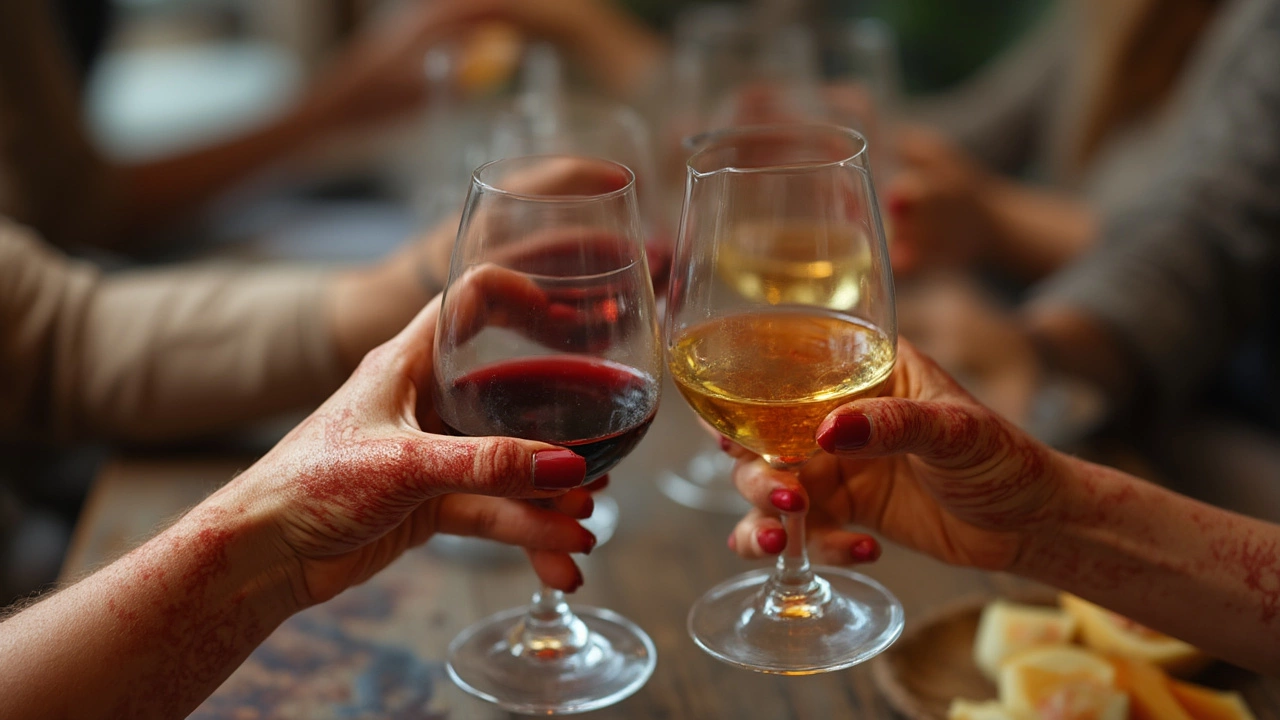
Insider Tips for Making the Most of Your Wine Tasting Experience
So you want to go beyond the basics and actually enjoy yourself? Here’s where things get interesting. Timing makes a difference: late mornings or mid-afternoons are ideal—you’re not tired from the day or dulled by a big lunch, so your palate is sharper. And yes, it’s totally fine to bring kids to many outdoor tastings. Most wineries in regions like Sonoma or the Cape Winelands have picnic areas or play corners. Just check the vibe in advance if you’re hauling a stroller.
- Dress for the occasion, but don’t overthink it. Layers in case it gets breezy or you end up in the barrel room. Caution: red wine stains, so maybe skip the white pants unless you’re living dangerously.
- Phone off or on silent. It’s not just for courtesy—focusing your attention makes the experience feel much richer, and you won’t miss a thing the winemaker says.
- Befriend your host. Ask about the history of the vineyard, how they got into wine, or whether they have a favorite bottle. Once I started chatting, I’ve had hosts pull out unreleased wines or offer barrel tastings just for fun.
- Be mindful of scent: skip heavy perfumes or aftershaves—the only things you should be smelling are the wines and maybe the greenery outside.
- Take notes, but keep them personal. Describe what it reminds you of, or whether you’d drink it by the fire, with pizza, or at a celebration. These help you remember your favorites (or the ones to avoid) much better than generic scoring.
- Be open to new things. If your only red wine experience is supermarket merlot, don’t skip the syrah or pinotage—they might be your new favorite. Same goes for the 'orange' or natural wines popping up everywhere; even if you hate them, you’ll walk away with a great story.
- Don’t be afraid to spit (yes, again). Especially if you have several wineries on your itinerary. Hydrate like it’s your job—you’ll thank yourself later.
- If you want to buy bottles, ask about shipping. Wineries are usually happy to send a case straight to your door—no need to lug bottles around all day.
Remember—every taster, even those with decades of experience, started out a bit nervous and overwhelmed. Each tasting is its own adventure, and no two are ever the same.
Beyond the Glass: Why Wine Tastings Matter More Than You Think
It’s tempting to see wine tastings as just a fun outing or a treat while traveling. But they’re so much more than an excuse to day drink. You’re stepping into a story—sometimes one that goes back generations, wars, and wild weather. When you talk to a host who’s been tending vines for fifty years or learn how a single hailstorm changed an entire year’s crop, you realize bottles are history lessons you can actually taste.
Wine tastings also change how you buy and drink wine. After a few tastings, you’ll spot unfamiliar grape names on menus or discover that New Zealand sauvignon blancs really do taste wildly different from Sancerre, even if both are made with the same grape. That’s terroir in action—the taste of a place, shaped by the weather, soil, culture, and even stubborn family traditions.
Don’t be surprised if a single visit makes you fussier (in the best way) about wine at home. Suddenly your Tuesday-night pasta tastes better with that bottle of Barbera you brought back from your last trip. Even better—you’ll start feeling confident recommending wines to friends, organizing your own mini-tastings with takeout, or finally understanding why people swirl, sniff, and sigh before every sip.
The wine world is full of eccentric details. For instance, some of the oldest grape varieties grown still come from regions in Georgia, Armenia, and Greece, not France or Italy. Wine barrels aren’t just a storage method—they actually change the flavor by adding vanilla or toast notes, depending on the wood and how it’s treated. And believe it or not, there’s official research from UC Davis showing just how much our mood and setting affects what we taste. That means tasting in a sunny vineyard or crumbling castle really does make the wine taste better.
Wine tasting stretches your senses, but it also brings people together. Sharing a bottle you discovered yourself—especially with someone who’s never been to a tasting—feels like passing along a secret code. And if you’re there with family, friends, or your curious kid in tow, you’ll find everyone walks away chatting about the wines, the weirdest flavors, or the ancient oak barrels on display.
Rather than just something to tick off your bucket list, wine tastings are experiences to savor—not just for the wine, but for the stories, connections, and new favorites you’ll discover. If you’ve ever wondered what to do at a tasting, don’t overthink it. Show up, engage your senses, ask questions, and enjoy. The best part? Every glass brings something unexpected—and each tasting leaves you a little bit more curious, a little bit more adventurous, and a whole lot more enthusiastic about what’s in your glass.
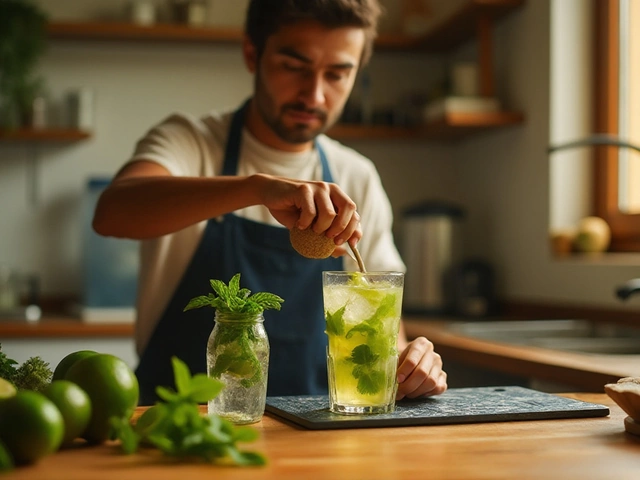

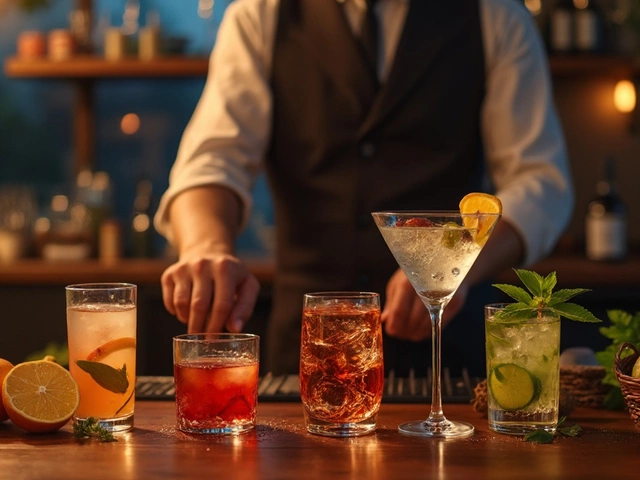
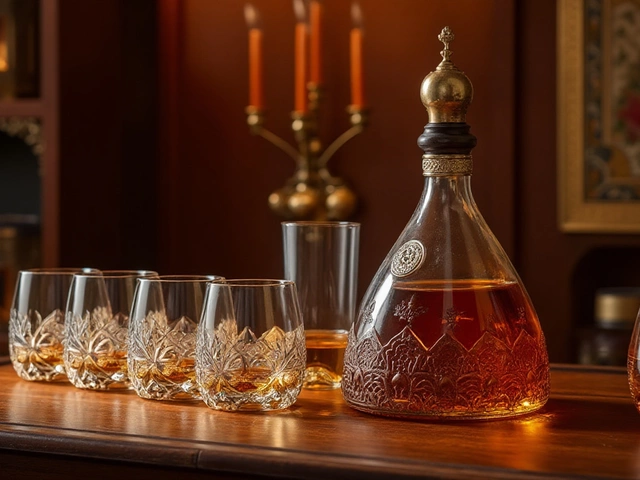
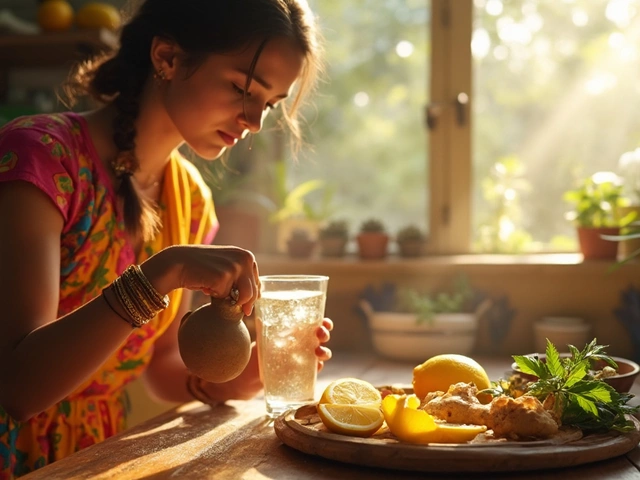
Categories